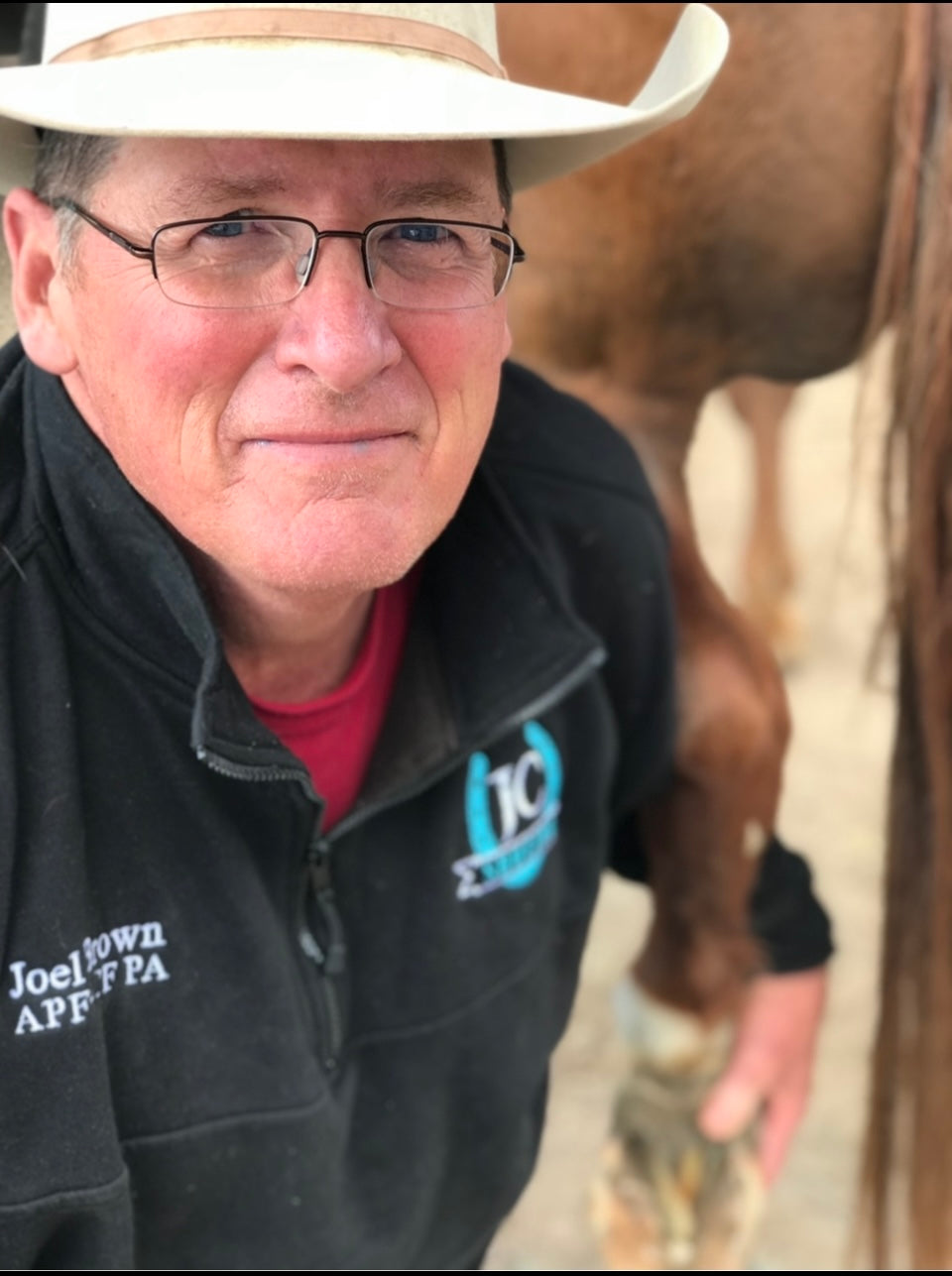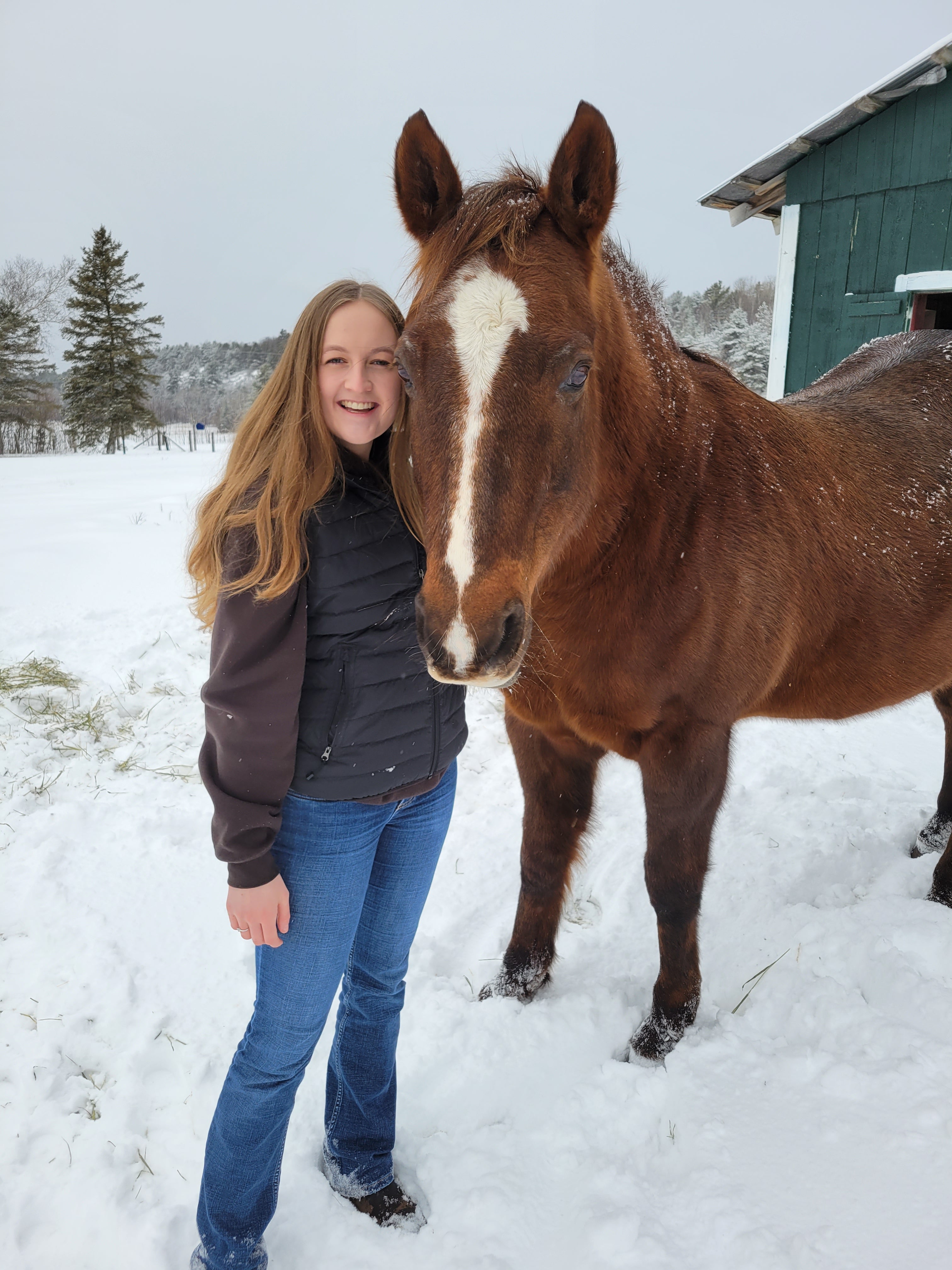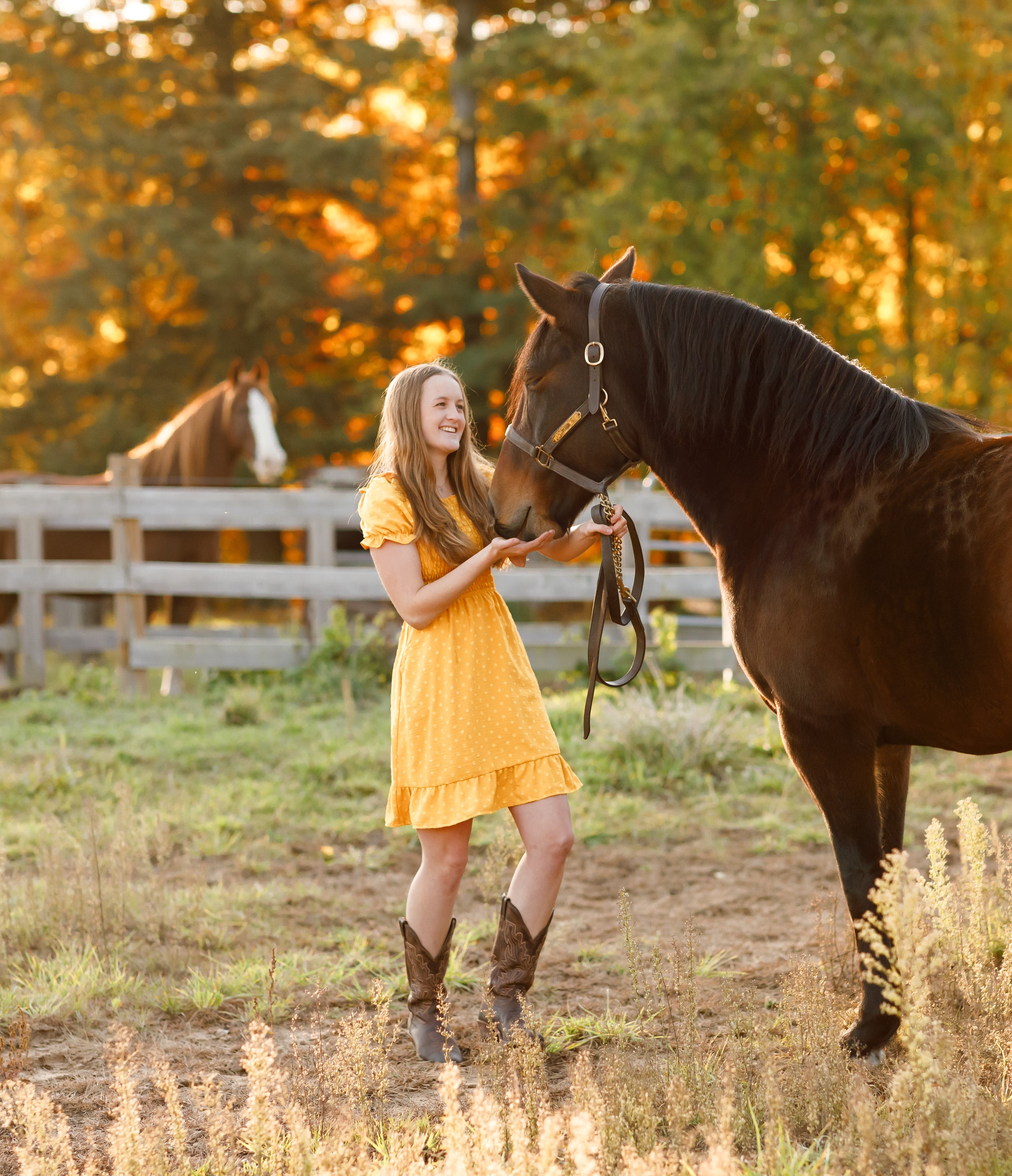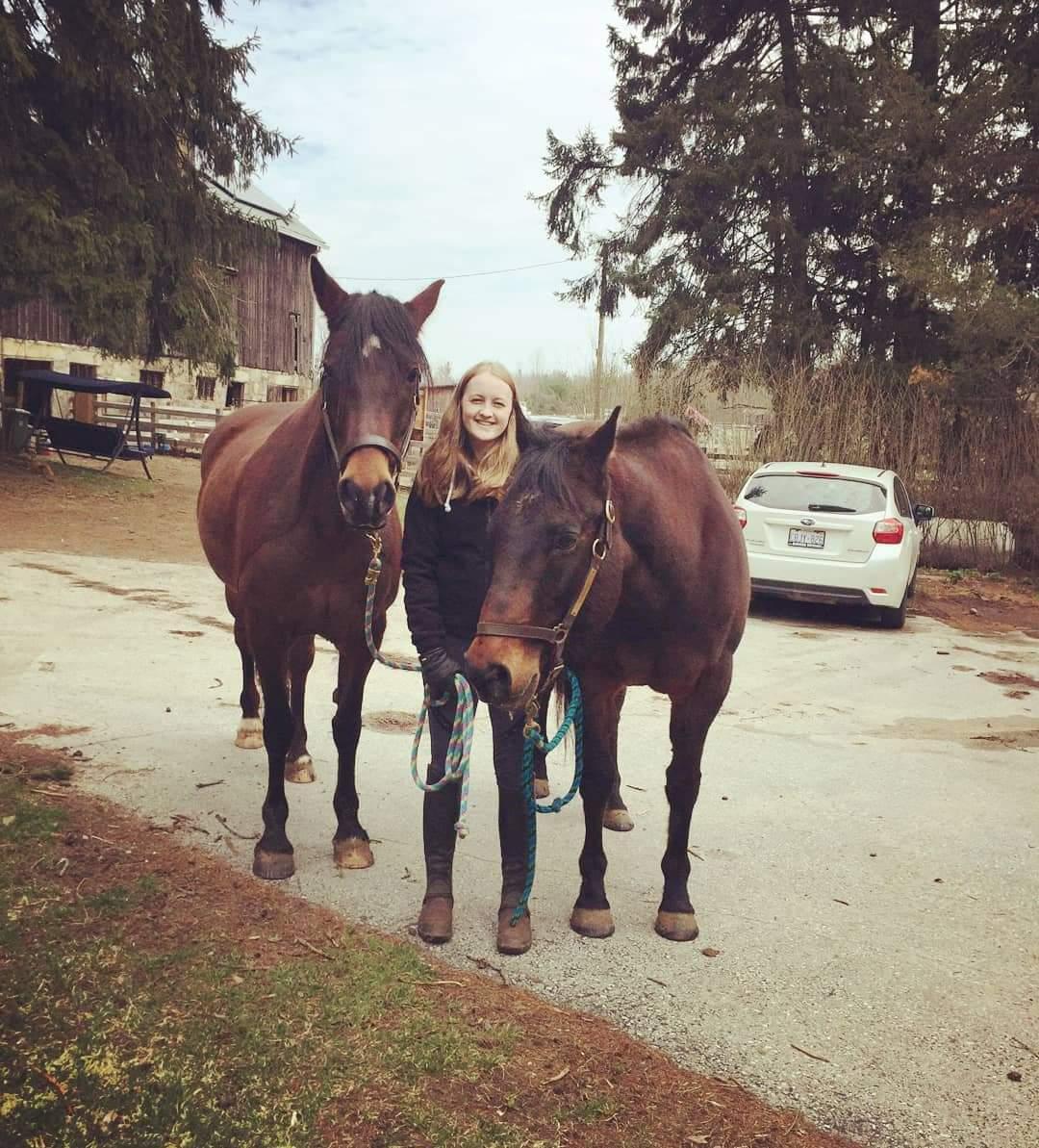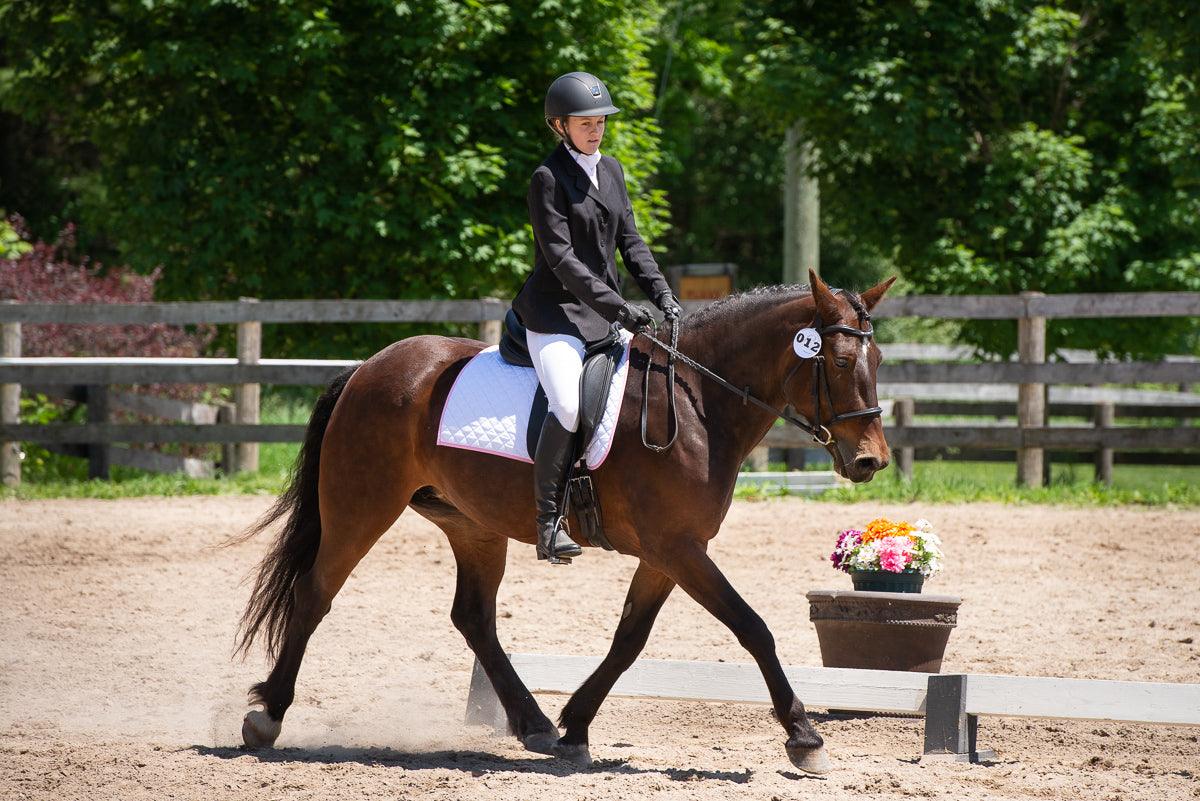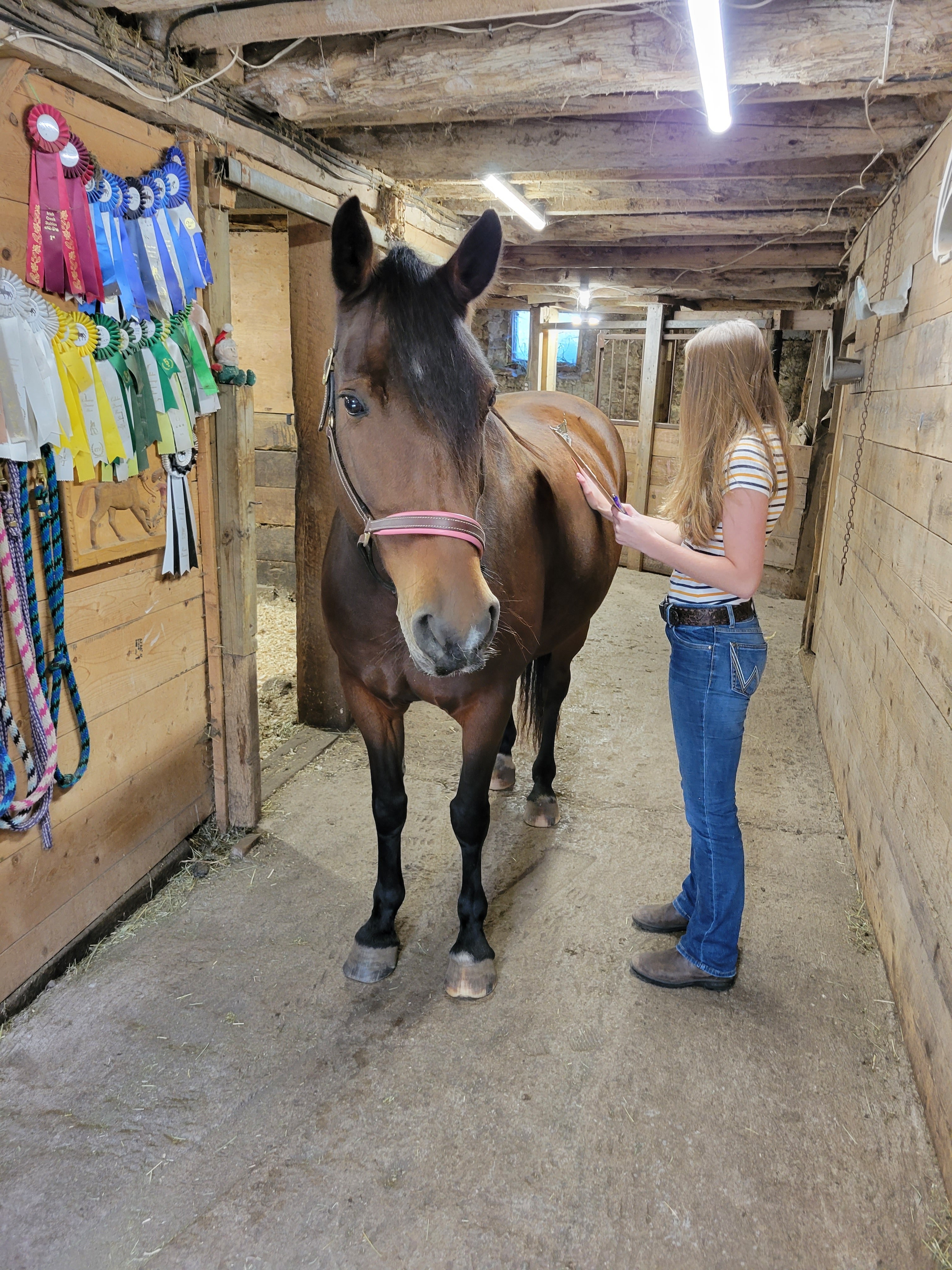
What does “grain-free” actually mean?
By: Madeline Boast, MSc. Equine Nutrition
Fact or Fiction? – Horses need grains in their diet?
FICTION! Horses have evolved to trickle feed on forage. Feeding grains began to meet the additional energy requirements of working horses.
Grain-free is a hot topic in equine nutrition. Many clients ask about it, and I see this concept discussed frequently on various equine social media groups. This article will give some background information on grain-free and discuss how to decode some of the complex advertising.
Defining Grains and Grain-Free Classification
Grains are the seeds produced from cereal crops. This includes oats, corn, barley, and wheat to name a couple of examples. The Association of American Feed Control Officials defines grain as “a seed from cereal plants”. If you have ever taken the time to look closely at feed ingredients you will notice that although a feed may not contain full oats, corn or barley, they will often still have grain by-products as there are multiple parts to a grain.
Grains have 4 main parts – the germ, the endosperm, the bran, and the hull. So just because the actual grain seed is not incorporated in the feed product doesn’t mean that the feed is free of grain by-products. The bran and the hull are rich in fiber, so you will often see these included in equine feeds.
Now that we have touched on the various parts of grains, we can discuss the classification. Since grain is technically the seed, feeds can be labelled as “grain-free” when they do in fact contain grain by-products. So, if you’re looking for a grain-free diet, opting for a commercial feed that is labelled “grain-free” may not actually achieve this. A good comparison is if you were purchasing a “peanut-free” food, but it contained peanut oil – not super effective if you’re trying to avoid that food due to an allergy.
Why Grain-Free?
When I have clients that are interested in grain-free, we discuss why they are seeking this out. Is it a health reason such as laminitis or PSSM? Is it personal preference? Is it to combat digestive issues? There are a variety of reasons why one might want to have their horse on a grain-free diet, but the reason behind it does play a factor in how it should be approached from a nutrition standpoint.
If you have an easy keeper, it is often quite straight-forward to meet their needs on a forage-based grain-free diet with a quality ration balancer. But when a horse requires a significant amount of additional energy, this is when being completely grain-free becomes a little bit more complicated.
Forage-based diets
Instead of focusing on “grain-free”, emphasis should be placed on forage-based diets. My approach is to always start with the forage, have your hay tested, and get precise in knowing how much energy that forage provides! From there, add a quality ration balancer to meet vitamin and mineral requirements. Then if more energy is required you can then look into grain-free options.
Now even some ration balancers that are very low in non-structural carbohydrates include grain by-products. For example, many popular ration balancers will use oat hulls as a binder. For a quick comparison, I looked at two ration balancers that are both popular in North America. One only had oat hulls for any grain or grain by-product while the other had soya hulls, ground wheat, and wheat shorts. So, as a nutritionist, instead simply looking at the marketing claim of “grain-free” I prefer to look at the individual ingredients and the actual nutritional value of the product. For example, if a ration balancer contains oat hulls, it does not mean that it has a high content of non-structural carbohydrates and it will likely be a safe option for metabolic horses.
Processed Feeds = Grains?
Now, one thing I want to clarify is just because something is pelleted doesn’t mean it is a grain. This is another popular misconception that many horse owners will refer to anything pelleted as grain. I have also encountered horse owners assuming that because something is processed it must not be good as they relate it to human foods and think processed = bad.
To bust this myth, it is important to understand why we process grains for horses! Processing of grains is done for a variety of reasons such as improving digestibility and palatability, altering moisture content, eliminating dust etc.
My Approach & Take Home
Although we want to do our best to reduce the starch content of equine diets, falling for the “grain-free” marketing often isn’t the best. I recommend taking this information in this article and looking at the ingredients of your feeds and start asking companies about the nutritional value of the products. How much starch? What is the non-structural carbohydrate content? This is a more reliable way to base nutritional decisions.
To conclude, grains are not bad; they are often just not required but that does not mean there isn’t a time and a place for them. Additionally, remember that just because something is pelleted does not mean it is grain based! If you have any questions about your horse’s nutrition, or would like to work together to optimize your horse’s nutrition program simply send me an email at balancedbaynutrition@gmail.com
Written by: Madeline Boast, MSc. Equine Nutrition

About the author: Madeline Boast completed her master’s in Equine Nutrition at the University of Guelph and started an independent nutrition company known as Balanced Bay. She has worked with a variety of equids – from miniature ponies to competing thoroughbreds. Through Balanced Bay she designs customized balanced nutrition plans that prioritize equine well-being. This includes diets for optimal performance as well as solving complex nutritional issues and everything in between. For additional information see www.balancedbay.ca
